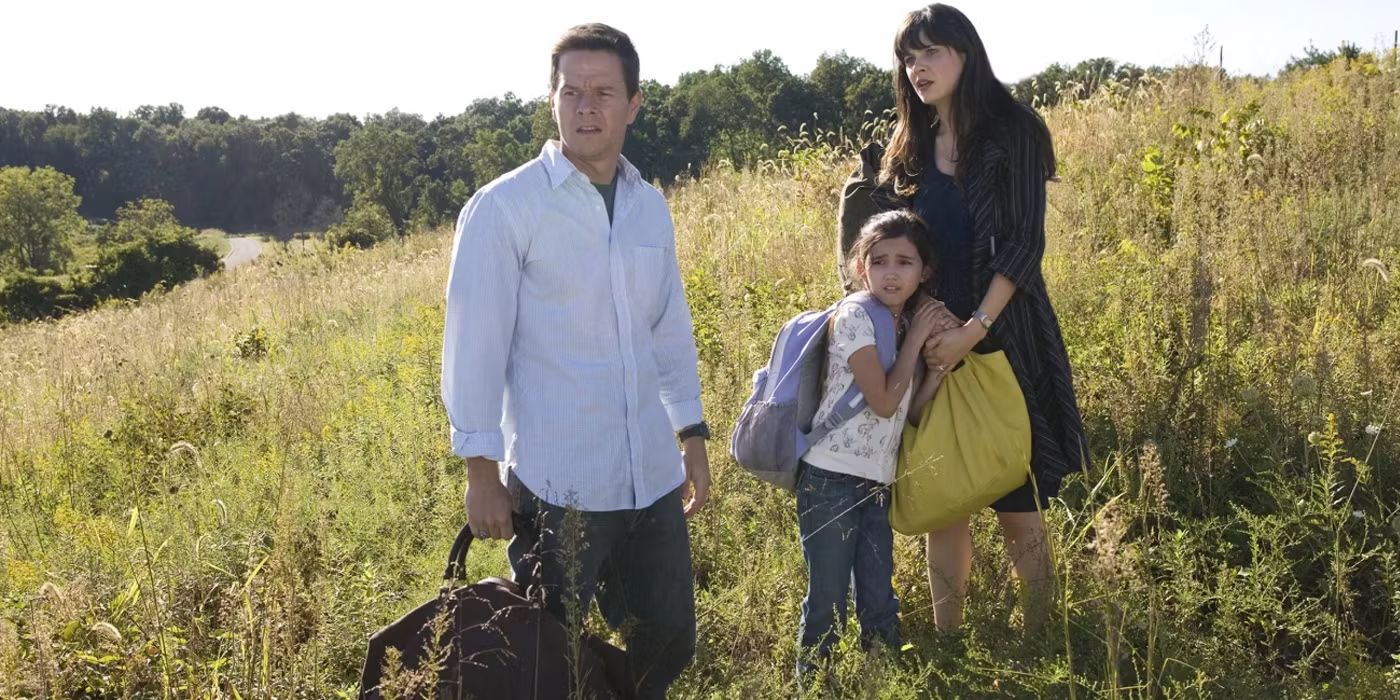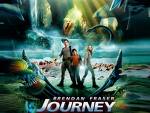The Day the Earth Stood Still
Posted on December 8, 2008 at 8:00 am
B+| Lowest Recommended Age: | 4th - 6th Grades |
| MPAA Rating: | G |
| Profanity: | None |
| Alcohol/ Drugs: | None |
| Violence/ Scariness: | Theme of possible world destruction, guns, sci-fi violence |
| Diversity Issues: | None |
| Date Released to Theaters: | 1951 |
| Date Released to DVD: | 2008 |
| Amazon.com ASIN: | B00005JKFR |
In the 1951 version of The Day the Earth Stood Still, a spaceship landed in front of the Washington Monument to warn the people of earth that they were on the path to destruction. The problem then was the Cold War and nuclear arms race. In 2008, the remake has a space orb land in New York City and once again a humanoid-looking creature from another planet comes to earth because of another impending doom. “If the Earth dies, you die,” he says. “If you die, the Earth survives.”
Jennifer Connelly, who seems to enjoy sharing the screen with super-smart crazy guys (“A Beautiful Mind,” “Hulk”), plays Helen, a scientist brought in to try to help assess the threat level from the two beings to come out of the orb. The first would have done better to have had a scientist to assess his own threat level because as soon as it stepped out of the orb someone shot him. The second is a silent, colossus-like giant of a robot with an ominous glow through the eye-slit, standing as sentry.
Klaatu has assumed human form (Keanu Reeves) so that he can speak to the world leaders at the UN. But a suspicious Secretary of Defense (Kathy Bates) decides to treat him like a galactic terrorist, so soon Klaatu, Helen, and her stepson (Jaden Smith, the son of Will Smith and Jada Pinkett Smith), are on the run. They make the obligatory visit to the Wise Man in the Woods (John Cleese, terrific as a Nobel award-winner for “altruistic biology”) and try to evade the efforts of military and law enforcement to capture them while Helen tries to demonstrate that humans are worth saving.
Director Scott Derickson is a committed Christian, and he has given the original story themes of sacrifice and redemption that will resonate with those who are open to a spiritual message. There is a reference to Noah’s Ark. Klaatu has the power to heal. He brings a dead man back to life and even walks on water. The most important themes are deeply spiritual as well, stewardship, respect for the interdependence of all things, and hope.



